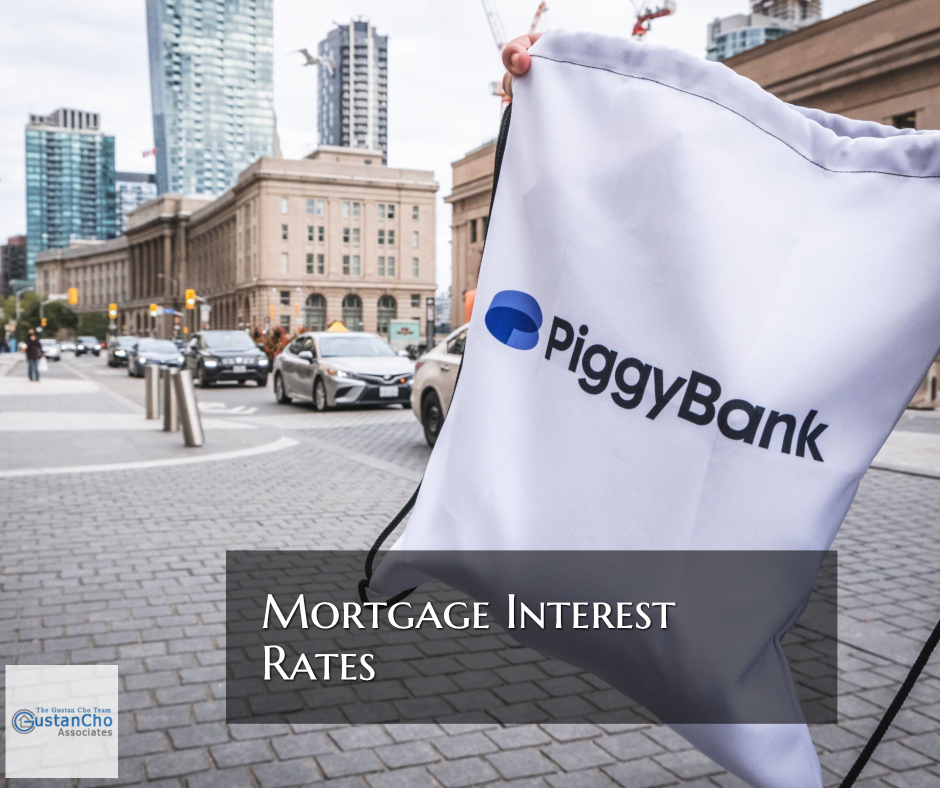Tagged: credit scores, Mortgage Rates
-
How Lenders Price Mortgage Rates
Posted by Missy on October 10, 2023 at 6:21 pmHere is an informative article on how mortgage lenders price mortgage rates based on credit scores.
https://www.gcamortgage.com/mortgage-rates-versus-credit-scores/
gcamortgage.com
How Lenders Price Mortgage Rates Versus Credit Scores
The way lenders price mortgage rates versus credit scores is the lower the credit scores, the higher the mortgage rates due to risk for the lender
Tina replied 11 months, 3 weeks ago 3 Members · 2 Replies -
2 Replies
-
Mortgage lenders price mortgage rates based on various factors, both external market conditions and borrower-specific characteristics. Here’s a detailed look at how these rates are determined:
External Market Conditions
Federal Reserve Rates:
- Impact: The Federal Reserve’s monetary policy influences the interest rates set by banks. Although the Fed does not directly set mortgage rates, its actions affect the overall cost of borrowing money.
- Mechanism: Changes in the federal funds rate can lead to adjustments in the rates at which banks lend to each other, which in turn affects mortgage rates.
Treasury Yields:
- Impact: Mortgage rates are often closely linked to the yields on 10-year Treasury bonds, which are considered a benchmark for long-term interest rates.
- Mechanism: When Treasury yields rise, mortgage rates typically follow as lenders seek to maintain their profit margins.
Economic Indicators:
- Impact: Indicators such as inflation, employment rates, and GDP growth can influence mortgage rates.
- Mechanism: Strong economic growth and rising inflation can lead to higher interest rates as demand for credit increases, and the Fed aims to control inflation.
Secondary Mortgage Market:
- Impact: The buying and selling mortgage-backed securities (MBS) in the secondary market affect rates.
- Mechanism: High demand for MBS can lower mortgage rates. In contrast, low demand can increase rates as lenders adjust to ensure they can sell the loans they originate.
Borrower-Specific Characteristics
Credit Score:
- Impact: Borrowers with higher credit scores are typically offered lower interest rates.
- Mechanism: Higher credit scores indicate lower risk to lenders, who reward this with lower rates.
Loan-to-Value Ratio (LTV):
- Impact: A lower LTV ratio (i.e., a higher down payment) often results in a lower mortgage rate.
- Mechanism: A lower LTV ratio means less risk for the lender, as the borrower has more equity in the home.
Loan Amount and Type:
- Impact: Conforming loans (those that meet Fannie Mae and Freddie Mac standards) usually have lower rates than jumbo loans (that exceed conforming limits).
- Mechanism: Conforming loans can be sold more easily in the secondary market, reducing risk for lenders.
Loan Term:
- Impact: Shorter-term loans (e.g., 15 years) generally have lower interest rates than longer-term loans (e.g., 30 years).
- Mechanism: Lenders face less risk over shorter periods and thus charge lower rates.
Type of Interest Rate:
- Impact: Fixed-rate mortgages typically have higher initial rates than adjustable-rate mortgages (ARMs).
- Mechanism: ARMs start with lower rates that can adjust over time, transferring some interest rate risk from the lender to the borrower.
Additional Factors
Geographic Location:
- Impact: Mortgage rates can vary by state and region within states due to varying demand levels, competition, and local economic conditions.
Points and Fees:
- Impact: Borrowers can pay points (upfront fees) to lower their mortgage rate. Each point typically costs 1% of the loan amount and can reduce the interest rate by 0.25%.
Mortgage lenders price mortgage rates based on market conditions and individual borrower profiles. Understanding these factors can help borrowers better navigate their mortgage options and secure more favorable terms.
https://gustancho.com/mortgage-interest-rates/
gustancho.com
How Do Lenders Price Mortgage Interest Rates on Home Loans?
Daily mortgage interest rates are par rates for prime borrowers with a 740 FICO scores. Pricing adjustments are applied for risk layers on par rates
-
Mortgage lenders consider several key factors when pricing mortgage rates for borrowers. Here’s a concise overview of the main elements they take into account:
Credit score: Higher scores typically result in lower rates.
Down payment/Loan-to-Value (LTV) ratio: Larger down payments (lower LTV) often lead to better rates.
Loan term: Shorter-term loans generally have lower rates than longer-term loans.
Loan type: Conventional, FHA, VA, and jumbo loans may have different rate structures.
Property type: Rates can vary for single-family homes, condos, investment properties, etc.
Loan purpose: Purchase loans may have different rates than refinances.
Market conditions: Overall economic factors, including Federal Reserve policies and bond market trends.
Lender’s costs and profit margins: These can vary between lenders.
Location: Rates may differ based on the property’s location.
Occupancy: Primary residences often get better rates than investment properties.
Debt-to-Income ratio: Lower ratios may qualify for better rates.
Points: Borrowers can sometimes pay points upfront to lower their rate.
Certainly. I’ll provide a more comprehensive overview of how these factors influence mortgage rate pricing:
Credit Score:
- Impact: This is one of the most significant factors. Higher scores generally result in lower rates.
- Mechanism: Lenders use credit scores to assess risk. A higher score indicates a history of responsible credit use, making the borrower less risky to lend to.
- Scale: Scores above 740 typically qualify for the best rates. Significant rate increases often occur for scores below 680.
Down Payment/Loan-to-Value (LTV) Ratio:
- Impact: Larger down payments (lower LTV ratios) often lead to better rates.
- Mechanism: More equity reduces the lender’s risk if the borrower defaults.
- Scale: LTV ratios below 80% usually offer the best rates and avoid private mortgage insurance (PMI).
Loan Term:
- Impact: Shorter-term loans (e.g., 15-year loans) generally have lower rates than longer-term loans (e.g., 30-year loans).
- Mechanism: Shorter terms present less long-term risk to lenders.
Loan Type:
- Conventional loans often have competitive rates for well-qualified borrowers.
- FHA loans may have lower rates but include mortgage insurance.
- VA loans typically offer lower rates for eligible veterans.
- Jumbo loans (exceeding conforming loan limits) often have higher rates due to increased risk.
Property Type:
- Single-family homes usually get the best rates.
- Condos, multi-unit properties, and manufactured homes may have higher rates due to perceived higher risk.
Loan Purpose:
- Purchase loans sometimes have slightly better rates than refinances.
- Cash-out refinances typically have higher rates than rate-and-term refinances.
Market Conditions:
- Federal Reserve policies influence overall interest rate environments.
- Bond market trends, especially the 10-year Treasury yield, often correlate with mortgage rate movements.
- Economic indicators like inflation and employment rates can impact rates.
Lender’s Costs and Profit Margins:
- Operational costs, regulatory compliance expenses, and desired profit margins vary among lenders.
- Competition in the market can influence how aggressively lenders price their loans.
Location:
- Rates can vary by state or even within regions of a state.
- Economic conditions, property values, and foreclosure laws influence regional rate differences.
Occupancy:
- Primary residences often get the best rates.
- Second homes typically have slightly higher rates.
- Investment properties usually have the highest rates due to increased risk.
Debt-to-Income (DTI) Ratio:
- Lower DTI ratios may qualify for better rates, indicating a better ability to manage monthly payments.
- Lenders typically prefer DTI ratios below 43%, with the best rates often going to those below 36%.
Discount Points: Borrowers can pay points (1 point = 1% of the loan amount) upfront to lower their interest rate.
This allows for customization of the loan and trading upfront costs for long-term interest savings.
These factors interact in complex ways. For example, a borrower with an excellent credit score might offset a higher LTV ratio or a shorter loan term might compensate for a slightly lower credit score. Lenders use sophisticated algorithms and risk assessment models to weigh these factors and determine the appropriate rate for each borrower.


